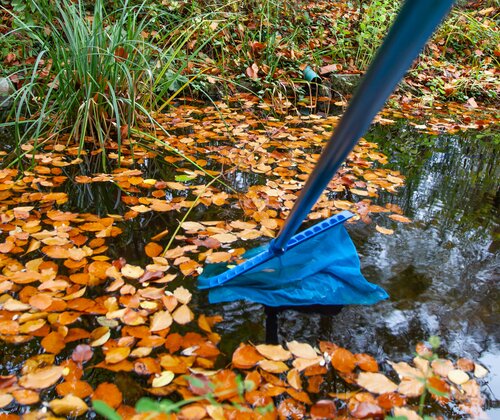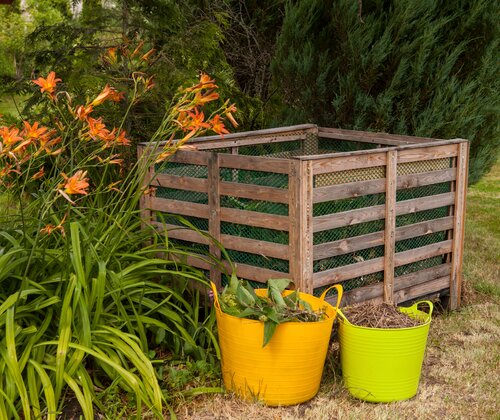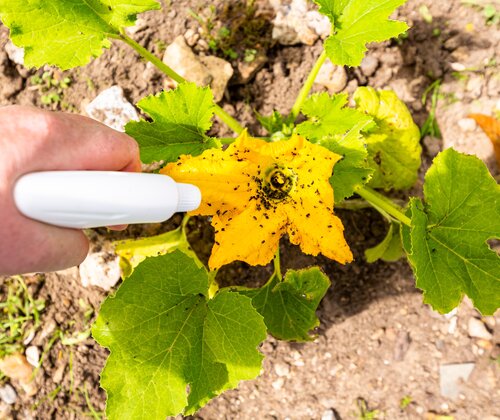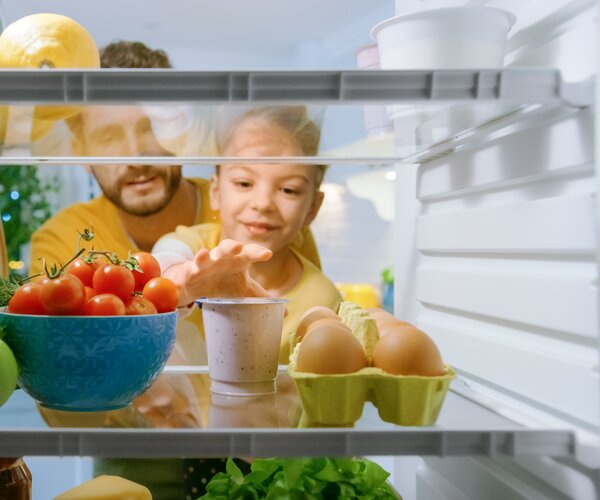
For the careful handling of food
Every household in Austria throws food worth more than 800 euros into the rubbish every year. Moreover, resources had to be used for the production of this food: The food wasted worldwide is responsible for 10 percent of the greenhouse gases produced globally! Reason enough to acquire knowledge and behaviour to reduce food waste. Together with our partner Land schafft Leben, we have collected a few tips!

Everyone can reduce the amount of waste very effectively - at home. In our own homes we throw away six times as much as supermarkets and wholesalers put together. We are often unaware of this: a shrivelled pepper here, a sip of sour milk there and the last piece of bread regularly goes dry. But there are simple ways to prevent this from happening in the first place:
Everyone can reduce the amount of waste very effectively - at home. In our own homes we throw away six times as much as supermarkets and wholesalers put together. We are often unaware of this: a shrivelled pepper here, a sip of sour milk there and the last piece of bread regularly goes dry. But there are simple ways to prevent this from happening in the first place:
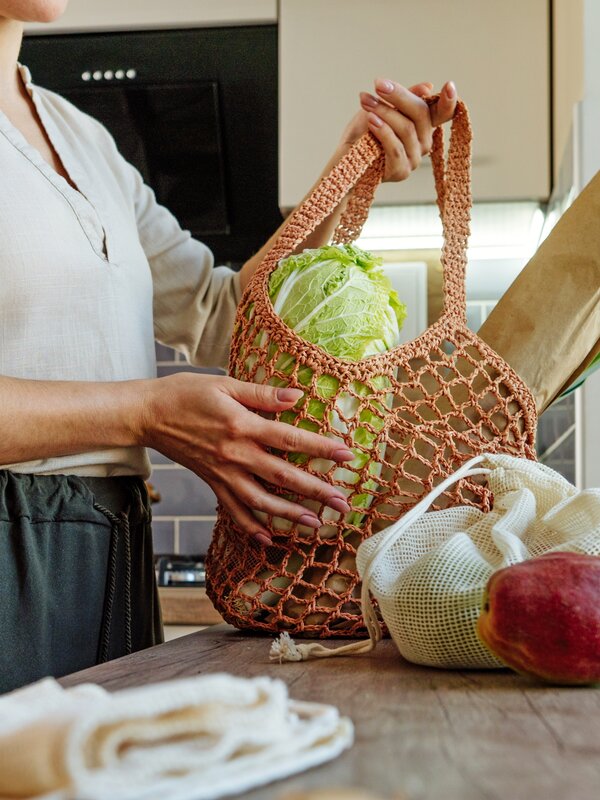
"Best before" does not mean "inedible from".
A considerable amount of food is thrown away because it has "expired", as the saying goes. But while we colloquially speak of the "expiry date", we actually mean the so-called best-before date (MHD), which is indicated on most of our food. And while the term "expiry date" suggests that a food is no longer edible after this date and must be disposed off, in reality the best-before date only indicates the time until which the food retains all the specified properties when stored correctly. In most cases it can still be eaten after this date - and, depending on the food, for up to several weeks. Here it is best to rely on your own senses, look at the food closely, smell it and possibly try a little bit. If no abnormalities are detected, the food can usually still be enjoyed without hesitation.
Correct storage of food
For food to be edible even after the best-before date - and certainly not to spoil before it - it must be stored properly. Different foods like very different conditions. Bread, for example, should not be stored in plastic, as the bread begins to sweat in it and mould forms more quickly. A wooden box, a clay or so-called Roman pot or simply a linen sack is more suitable.
One foodstuff whose storage is very special and therefore prone to errors is cheese. In principle, different types of cheese should be stored separately at a uniformly cool temperature. In the refrigerator, the right places for this are the main compartment in the upper area and the upper area of the refrigerator door. Ideally, the cheese should be left in its original packaging. Airtight plastic boxes are rather unsuitable for storing open cheese: due to the constant further ripening of the cheese and the associated loss of moisture, condensation can form in them, which promotes mould growth.
Bread and cheese show: Incorrect storage happens more quickly than you think, and it pays to find out about the correct storage conditions for individual foods - because in this way you can significantly extend their lifespan.
For food to be edible even after the best-before date - and certainly not to spoil before it - it must be stored properly. Different foods like very different conditions. Bread, for example, should not be stored in plastic, as the bread begins to sweat in it and mould forms more quickly. A wooden box, a clay or so-called Roman pot or simply a linen sack is more suitable.
One foodstuff whose storage is very special and therefore prone to errors is cheese. In principle, different types of cheese should be stored separately at a uniformly cool temperature. In the refrigerator, the right places for this are the main compartment in the upper area and the upper area of the refrigerator door. Ideally, the cheese should be left in its original packaging. Airtight plastic boxes are rather unsuitable for storing open cheese: due to the constant further ripening of the cheese and the associated loss of moisture, condensation can form in them, which promotes mould growth.
Bread and cheese show: Incorrect storage happens more quickly than you think, and it pays to find out about the correct storage conditions for individual foods - because in this way you can significantly extend their lifespan.
A well-planned shopping trip
Many foods end up in the rubbish because they were simply not used. Avoiding food waste begins with a well-planned shopping trip, where only what is actually used ends up in the shopping trolley. To do this, you can consider beforehand what you will be eating in the coming days, or whether you will be doing so at home at all. People often go out spontaneously, and then the food in the fridge at home tends to get forgotten. So if you are not yet sure what your week will look like, you can simply buy less and, if in doubt, make one more trip to the supermarket or freeze the food you have bought so that it does not spoil.

